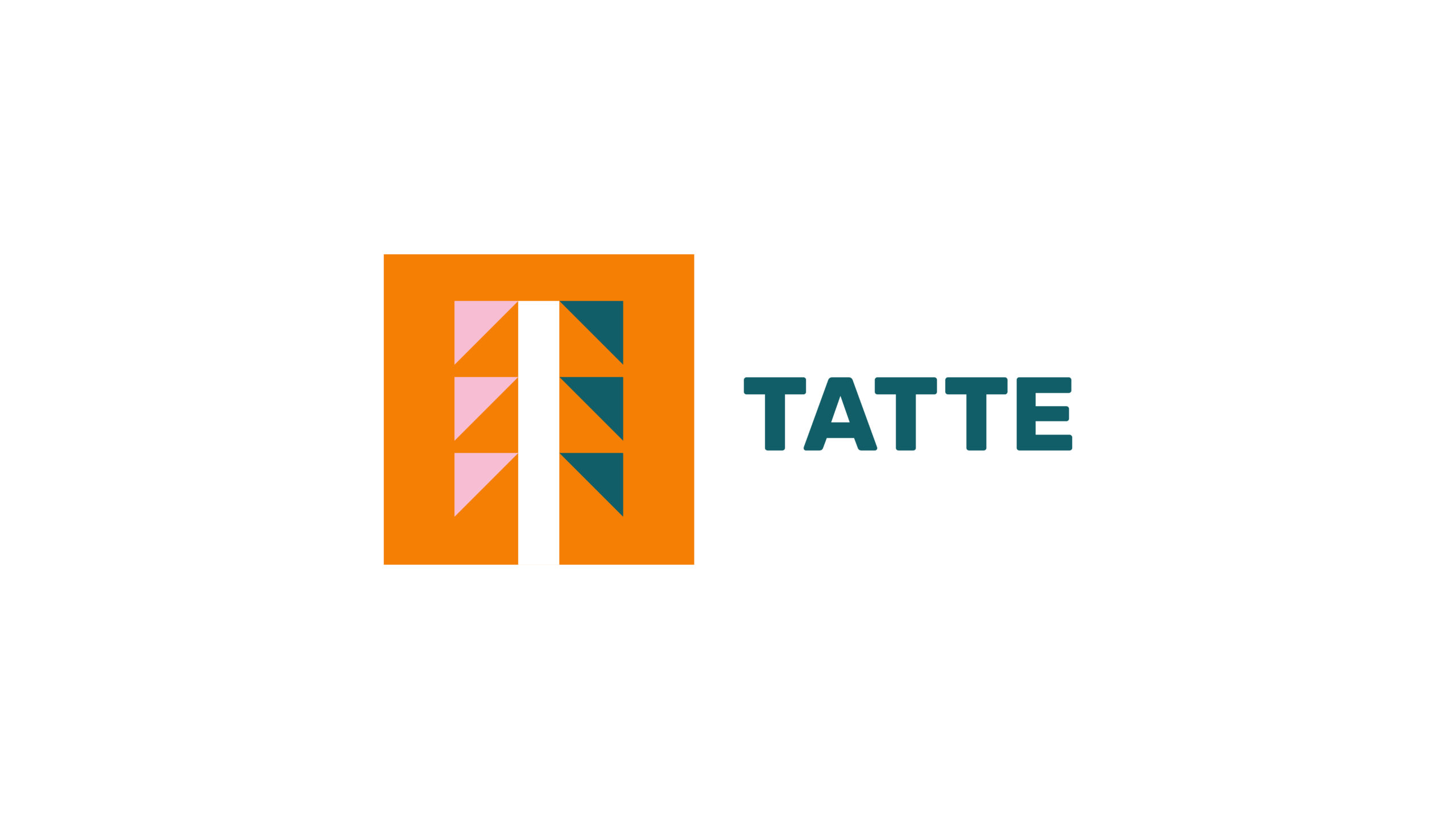Recently, scattered news have been presented about plans related to the Linna and Virta buildings in the city centre campus. Evidently, the possibility that Tampere University is planning to get rid of offices in these buildings has raised concerns among researchers and teachers who currently work on the Centre Campus – especially considering the current changes that are being implemented on the office arrangements for support staff. The well-grounded question seems to be, what kind of office arrangements are being planned for researchers and teachers in the near future?
An average person spends a significant amount of their life at work [1], thus it is critical that the employers foster an environment with the right space to work, think and collaborate naturally. Quality work-space designs have been linked to productivity, less stress, better collaboration and interaction amongst employees [2]. Thus, when office arrangements are being planned, TATTE hopes that the university management will remember the following three matters:
First, research shows that arrangements with flexible and shared offices have a range of different and sometimes contradicting outcomes. Coworking spaces have shown to potentially lead to an increase in innovation and collaboration – that is, to positive outcomes – in some fields such as those directly related to entrepreneurship [3]. However negative outcomes impacting both employees and employers have also been noted in shared work space arrangements. This includes loss of identity, decreased organizational commitment, decreased supervisory support, indifference and inattention to co-workers [4]. Particularly significant is the emergence of a social structure distinguishing between employees who settle in one place and those who have to move constantly leading to a sense of marginalization for hot-deskers [5]. Common complaints amongst employees in shared work spaces include desk or shelf-space shortages, difficulty of locating colleagues, limited ability to personalize their space and wasted time in setting up work spaces constantly [6]. These outcomes pose challenges for employee wellbeing and organisational productivity.
Research evidence on the effects of different office arrangements should be transparently utilized in the decision-making process. The decisions should not be made based on ever-changing trends on work spaces.
Second, the various research evidence should be carefully considered and reflected not only from the perspective of employees in general but also against the reality and specificity of academic work. An office, where an academic can meet with the academic community, store their books and research materials, and maintain some separation between home and the office, is not only a practical matter but also a symbolic one. Accelerating academic life tends to eat away at the working conditions of academics. Removing personal offices would be one more thing to symbolize disempowerment. In case of wanting to pilot new workspace systems, it might be possible to ask employees to opt in explicitly rather than impose the change to everyone.
Third, the process of major changes in office arrangements need to be transparently and well in advance discussed with all community members and especially those who may be affected by the potential changes. The current situation with scattered information on the process and plans is unsustainable. The community members should have a chance to provide their first-hand experience on their needs and preferences. All viewpoints should be heard, respected and considered as providing valuable input [7].
In addition, we should bear in mind that a new university community is a delicate constellation of competing interests, some of which are incompatible. Tampere University had only been in operation 15 months before the covid-19 forced staff and students to work remotely. In this time staff and students have been forced to take a new and acknowledgedly faulty technical system into use. This has led to exhaustion and a break to catch a collective breath is more than needed. Introducing new plans that would directly impact the working conditions of staff understandably creates anxiety, and makes it harder to adjust. While moving decisely ahead with strategic decisions might be appealing to the university leadership, TATTE implores you to take into account the heavy burden already carried by the staff – arguably the most vital resource of the university.
[1] Duration of working life statistics. European Commission, May 2020 https://ec.europa.eu/eurostat/statistics-explained/index.php?title=Duration_of_working_life_-_statistics
[2] Leaman, A. & Bordass, W. (2005) Productivity in buildings: the ‘killer’ variables. In Clements‐Croome, D. (Ed.), Creating the Productive Workplace, 2nd ed., E and FN Spon, London, 153‐80.
[3] Aslam, M. & Goermar, L. (2018) Sociomateriality and Entrepreneurship in co-working spaces. Academy of Management Annual Meeting Proceedings, 21(1). https://doi.org/10.5465/AMBPP.2018.13853abstract
[4] Morrison, R. L. & Macky, K. A. (2017) The demands and resources arising from shared office spaces. Applied Ergonomics, 60, 103-115. https://doi.org/10.1016/j.apergo.2016.11.007.
[5] Hirst, A. (2011) Settlers, vagrants and mutual indifference: unintended consequences of hot‐desking. Journal of Organizational Change Management, 24(6), 767-788. https://doi.org/10.1108/09534811111175742
[6] Kim, J., Candido, C., Thomas, L. & de Dear R. (2016) Desk ownership in the workplace: The effect of non-territorial working on employee workplace satisfaction, perceived productivity and health. Building and Environment, 103, 203-214. https://doi.org/10.1016/j.buildenv.2016.04.015
[7] Näsänen, J. (2018) A discursive study on contradictory visions of a change. Academic dissertation. University of Helsinki: Department of Social Research. http://urn.fi/URN:ISBN:978-951-51-3298-7
